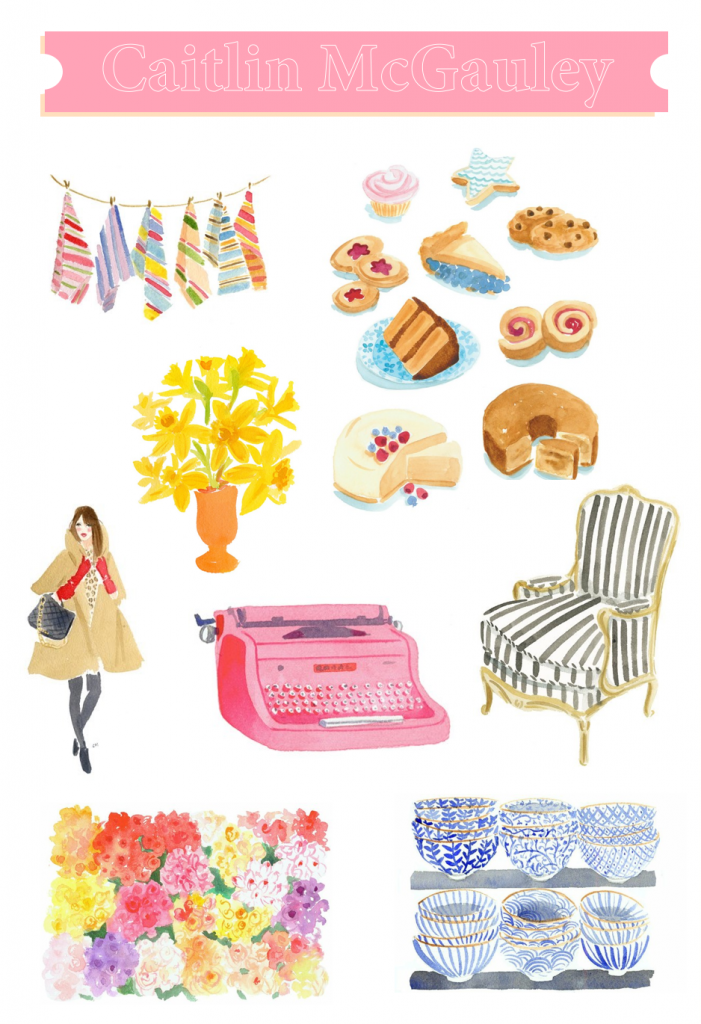Hi there. My name is Julia and I’m guest-blogging today from Mr. & Mrs. Globetrot. Anastasia asked me to write a post that is paper-related, and the first thing that came to mind was the papermaking I recently saw in a little country called Laos during an around-the-world honeymoon with my husband.
We first noticed all the paper while strolling through the night market in a city called Luang Prabang. Close to evening time, one of the main streets in the city closes as the road becomes cluttered with market stalls selling gifts and handicrafts. The goods are not laid out on tables but rather on the ground or strung from the low ceilings. The market is a lively sight full of color and twinkling lights as the sun goes down. We saw several varieties of colorful paper lanterns, crafty paper journals/cards, and even Buddhist paintings created on top of handmade paper.







One day we followed a dirt trail, crossed a bamboo bridge over the river, and stumbled upon a tiny village called Xang Khong Posa. We saw shop after shop dedicated to papermaking. Large square molds with freshly made paper leaned against shops and fences, drying in the sun. I watched a woman stirring her hands around in a giant tray of watery mush, which was somehow supposed to become paper. Intrigued by this papermaking process, I researched the history and the how-to (one of the best things about traveling is learning!).


Papermaking originated in China around 105 AD and slowly spread throughout Asia, then the rest of the world. Ts’ai Lun, a Chinese court official, made the first paper by mixing mulberry bark and hemp with water and scraps of cotton and linen cloth. This concoction was mashed into a pulp and pressed into mats, then left to dry in the sun. He experimented with many different ingredients, grinding them into tiny fibers. It wasn’t until 1843 that ground wood (or pulp) from trees became a popular ingredient for paper and it soon became mass produced by machines. [source]


Today papermaking can be done with many different ingredients—with fresh organic matter or recycled materials (which in my opinion, is better in so many ways). Materials are first pulverized with a blender or ground by hand, then mixed with water in a large pan. A screen in suspended into the liquid, and the pulp settles on the screen to create a layer of randomly interwoven fibers. Leaves, petals, seeds, and dyes can be added into the mixture for a decorative affect. When dried, this thin layer of fibers becomes what we call paper.

Handmade papers can be used in so many ways! It’s the perfect material for cards, gift-wrapping, journals, stationery, painting, picture frames, etc. And if you’re really good, I think a handmade paper lampshade would be fantastic.
I plan to make some paper at home one of these days, and perhaps come back here and share the experience (if Anastasia so graciously allows). You can find a great 10-step tutorial on papermaking here— it also gives you tons of recycling ideas.
Cheers!















